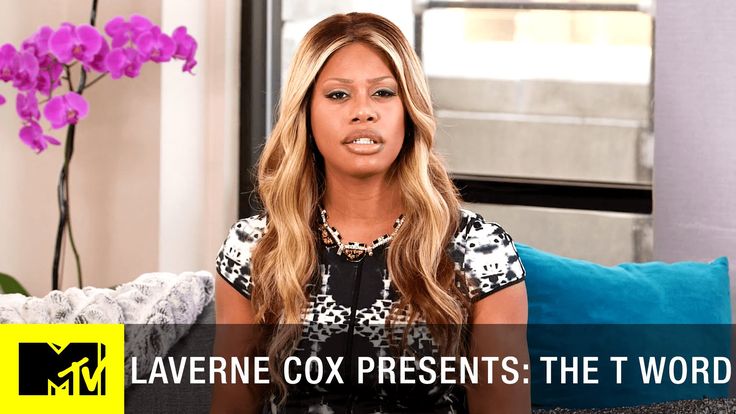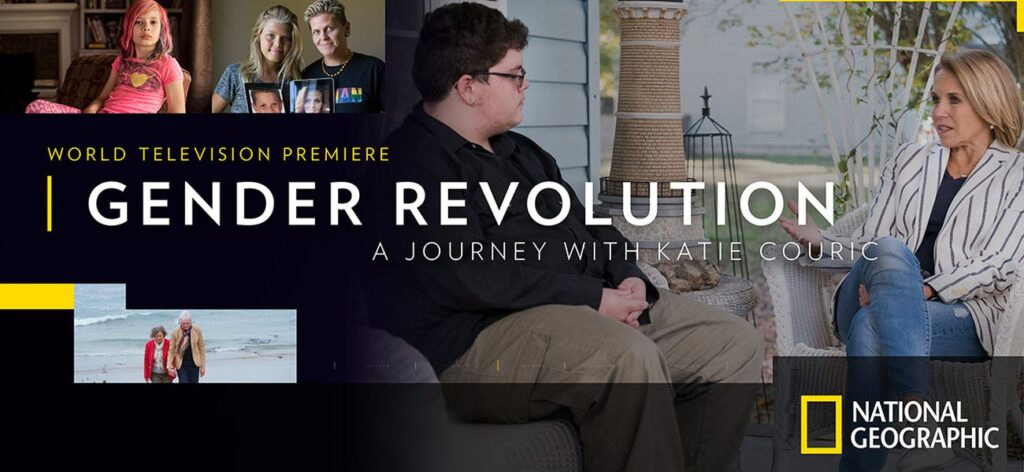
IF YOU ARE A PART OF
THE LGBTQ+ COMMUNITY
BE PROUD!!!!
Y O U ARE JUST AS
VALUABLE AS EVERY
OTHER HUMAN ON
THIS PLANET
IF YOU ARE NOT LGBTQ+
AND YOU SEE SOMEONE
WHO IS BEING BULLIED,
STAND UP FOR THEM AND
COME TO THEIR AID
LET’S STAND TOGETHER TO
STOP THE HATE
|
|
| Pictured above is MICHELLE GIPSON in the cape she wanted so much. Michelle was a close friend of Hey U.G.L.Y.’s co-founder, Betty Hoeffner. She was also Hoeffner’s co-host on Hey U.G.L.Y.’s CHOOSE TO CHANGE Radio Show.We lost Michelle on January 31, 2014 to suicide. She is remembered by all of us as a kind, fun-loving, brilliant, giving, gifted human being who, oh yeah, by the way, was a Lesbian. Suicide is the second leading killer of youth today and a large percentage of those choosing to end their lives are LGBTQ+. The goal of this page, and our website in general, is to help everyone understand suicide is a permanent answer to a temporary problem. Check out our WHY I’M GLAD I DIDN’T TAKE MY LIFE webpage to listen to stories of those who were suicidal, but decided to live. Please join us and all the other organizations out there in the CRUSADE to STOP THE HATE. It’s just not right. |
| COMING OUT ADVICE Reminder: National Coming Out Day is October 11 |
|
Following are links to websites and hotlines designed specifically for the LGBTQ+ community. If there are any sites you’d like us to add, send an email to:PreventBullyingNow@heyugly.org
|
|
|
|
DID YOU KNOW? Hey U.G.L.Y. is asking all LGBT+ who are being bullied to seek help. |
|
|
|
|

This article is information on what misgendering someone does to them on the inside. This is information for a transgender person and the people who know someone who is transgender. Helpful definitions: Cisgender-when someone identifies as the same gender they were assigned at birth; Transgender-when someone identifies as a different gender as the one they were assigned at birth; Misgender-when someone refers to someone with their birth pronouns/birth name instead of their chosen name
Those With Chosen Pronouns Don’t Choose Their Environment
by Jo Stephens
People may think that calling a transgender teen by the wrong name or pronoun is no big deal.
They’d be wrong.
Research shows transgender teens misidentified in these ways by peers, teachers, friends and family go so far as to consider, attempt or even succeed at taking their own lives.
But there’s hope and pathways for change.
When someone comes out as trans or nonbinary, sometimes they will choose new pronouns or a new chosen name that they want to be referred to as.
Almost half of transgender youth (54%) are able to use their chosen name and pronouns at home and 57% are able to use their chosen name and pronouns at school, according to a study titled ‘Chosen Name Use is Linked to Reduce Depressive Symptoms, Suicide Ideation, and Behavior among Transgender Youth’.
“Misgendering ultimately is harmful because it doesn’t acknowledge the person’s understanding of themselves and their identity,” said Amanda Pollitt, Assistant Professor at Northern Arizona University, and coauthor of the study ‘Chosen Name Use is Linked to Reduce Depressive Symptoms, Suicide Ideation, and Behavior among Transgender Youth’, “It’s important to refer to someone how they wish to be seen.”
The first step to peers, teachers, friends and family respecting someone’s pronouns or chosen name is to come out to them.
When Arri Zizzo, singer/songwriter, came out as transgender in his teens, people started calling him by his chosen pronouns.
“The biggest piece was validation,” Zizzo said.
The LGBTQ+ community is more likely to experience depression and problems relating to suicide, according to the study ‘Chosen Name Use is Linked to Reduce Depressive Symptoms, Suicide Ideation, and Behavior among Transgender Youth’.
“There’s no rush to come out, everyone has their own timeframe and they can make it super unique for them. Come out when it’s right for you and safest for you,” said Erik Pocock, a Member of the Board of Advisors for Hey U.G.L.Y the nonprofit that is saving the lives of young people who are suicidal due to bullying.
Some people have family members or other community members that may not accept them, Pocock said.
“What we should be asking is how can we make it safe to come out,” Pollitt said.
Zizzo attended a school that didn’t accept him for who he was and got bullied.
After transferring to Professional Children’s School he felt more at home.
His Principal was gay and the students, “actually wanted to get to know me,” Zizzo said.
Going to a school and being in an environment that accepts all students is healthier for those who attend.
“It makes sense that for any of us having our identities respected is better for our health and wellbeing,” especially for young people while their identities are being developed Pollitt said.
While 29% of transgender youth have attempted suicide, only 7% of cisgender youth have according to the CDC.
Besides gender appropriate bathroom accessibility and the use of chosen pronouns anti-bullying laws and policies may be another way to reduce bullying.
“Very few [schools] have policies that are specific to especially sexual identity and gender identity, but studies show that these policies are associated with greater decreases in bullying and better mental health among not only sexual and gender minority youth, but all youth.” Pollitt said.
So what can you do to encourage a safe environment for all people?
• Ask people their pronouns before assuming their gender
“I wish people would get more accustomed to not assuming things. If you’re not sure just ask them their pronouns,” Zizzo said.
• Respect the person’s chosen pronouns and name they wish to be called
“Being misgendered is just awful…” Zizzo said.
• Talk more about the LGBTQ+ community to people, especially children.
“I think the more people talk about being [LGBTQ+], the more people are okay with it. I think that’s the main thing, just having people talk about it more and more,” Pocock said.
LGBT+ kids who come out in high school suffer less depression
by Heidi Stevens/CHICAGO TRIBUNE
A new study finds that lesbian, gay, bisexual and transgender kids who come out at school suffer lower rates of depression and anxiety and higher rates of self-esteem, long-term, than those who hide their identity from their peers — even if they’re bullied as a result of coming out.
The study, published in the current issue of the American Journal of Orthopsychiatry, surveyed 245 LGBT+ adults ages 21 to 25 about their experiences disclosing their sexuality and gender identity in high school and how the timing of coming out affected their future life satisfaction.
“After accounting for the association between school victimization and later adjustment, being out at high school was associated with positive psychosocial adjustment in young adulthood,” reads the report, authored by University of Arizona psychology professor Stephen T. Russell.
“The correlation between victimization and being out at school was strong — like we’ve seen in studies all across the country and all across the world,” Russell told me Tuesday. “What’s new from this study is that, even though LGBT+ teenagers experience more bullying and victimization, being out in high school is also associated, over time, with stronger mental health.”
Russell, past president of the Society for Research on Adolescence, said he was inspired to launch the study after serving as an expert witness for the American Civil Liberties Union on a case in Florida, where a school wanted to block the formation of a gay-straight alliance.
“They were arguing that being gay is risky because we know gay kids have higher rates of suicide and depression,” he said. “So we should not have a place where kids can be gay at school. They should wait to be gay when they’re adults.”
It’s ridiculous and cruel, of course, to ask people to cloak themselves in an assumed identity for fear of offending other people’s closed-minded sensibilities. But that happens over and over in our schools — children are told to leave the offending backpack at home, dress more conventionally, choose a more traditional hobby, lest they be teased.
Russell was curious whether research would support that impulse. What he found was that the ability to live authentically is powerful enough to outweigh the blowback from people who aren’t ready to accept you as you are.
He hopes the study results shift the conversation toward making schools a safer place for LGBT+ kids to come out.
“We need to create safe environments for kids where they feel like they can come out without feeling like they’ll be victimized,” he said. “It’s the responsibility of adults — school administrators, community members, parents — to create communities where all kids are safe. We shouldn’t assume victimization.”
But we shouldn’t use the risk of it to talk kids out of owning their truth either.
“Although further study is needed,” Russell writes in the study, “results are encouraging: for the majority of youth, coming out may indeed be worth the risk.”








